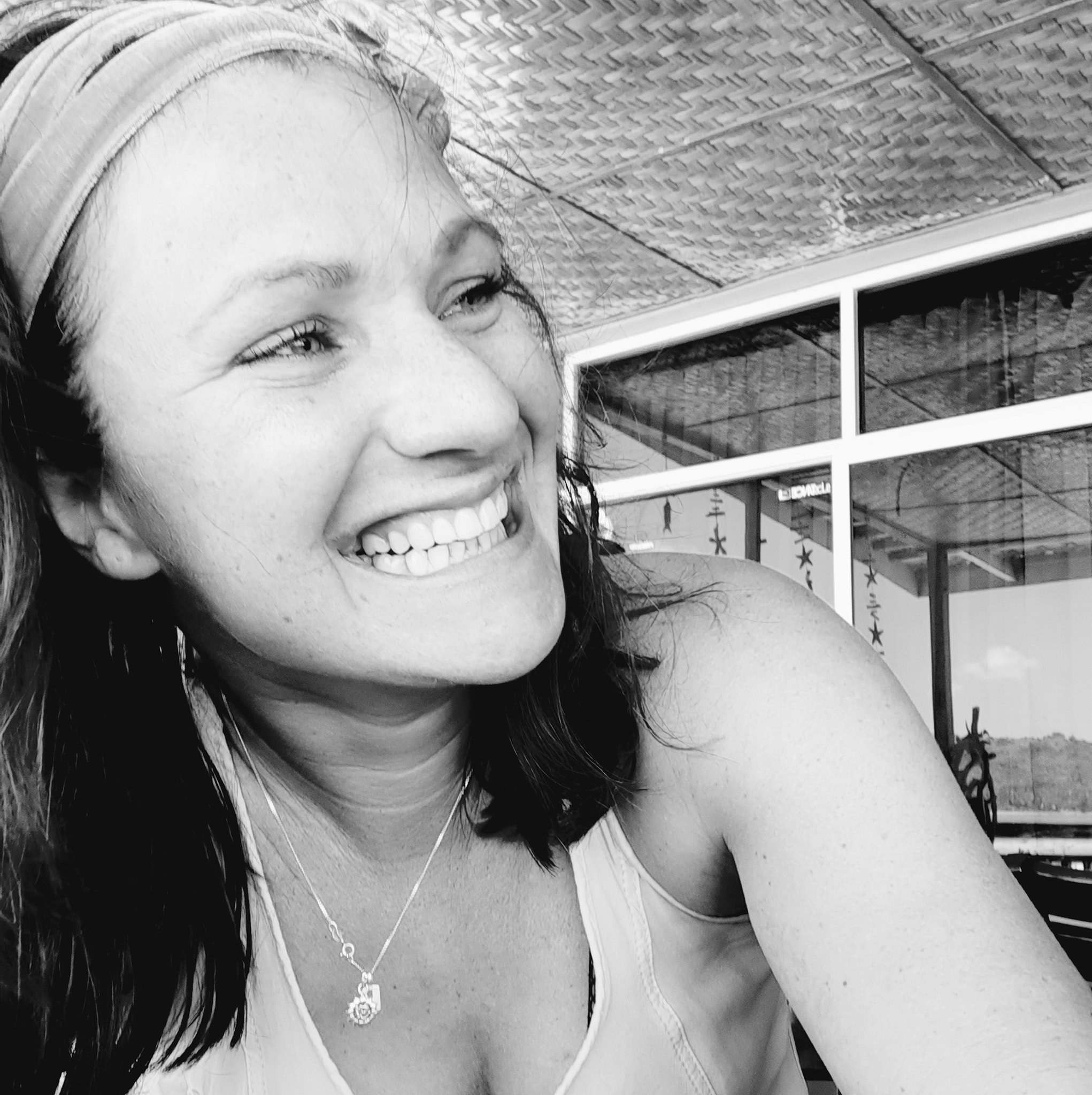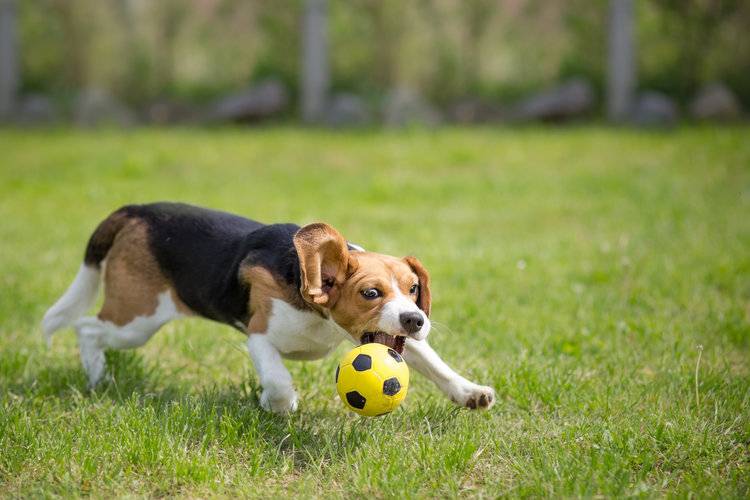Capturing the perfect photo of your beloved pet or a wild animal in its natural habitat is no easy task. The first thing you will need is a good decent camera with the right lens, fast AF system, fast aperture and most of all, patience, patience, and more patience.
Contents
What Camera to Use?
There are as many cameras and models out in the market as there are types of breed of dogs in the world. Obviously, there are specialty cameras for the professional, but there are also many to consider that are more affordable for the amateur. The type of camera you will want to use mostly depends on the ease of use, auto mode capability and be a beginner-friendly (in case you are a beginner) camera.
Beginner Makes & Models with Average Pricing:
Nikon – DSLR D3200 & D3300 averaging between $400 – $600. The D5300 and D7000 for about $600-$800 and the D7100 for $1000
Canon – SX60 PowerShot $400, Rebel T-5 $500, EOS 6D for about $2,000
Pentax – K5 starting at $350
Sony – HX20V for $400 and the megazoom HX200V for $500. The CyberShot RX100, $500 – $800, the Alpha a7SII and a7RII mirrorless cameras for $3,000
Olympus – OM-D ranging from $400-$900
Panasonic – DMC for roughly $500
To be able to capture the perfect photograph of any wildlife or pet in action, you will want to make sure you have a good decent camera with the right lens. The AF or Automatic Focus system should be fast as it will track motion more accurately, especially in indoors or in lower light settings. A fast aperture, likewise, will let you work in lower light and indoors, and will allow you to either lower ISO or raise shutter speed.
Regardless of camera, the most important item you will need to consider for a successful and beautiful picture is the lens. Start with a 300mm if you are on a budget. The autofocus option is pretty good in daylight. This lens is lightweight and easy to use.
 Pin
PinHow to Photograph Wildlife in Action
- Watch the animals you want to photograph – Snapping shots of bugs isn’t the same as snapping shots of birds or bigger creatures. Learn everything you can about these animals for better photos, and be prepared; they can be tricky to find and may act in ways you don’t expect.
- Think about the time, season, and weather – It’s super important, especially if you’re outside or in dim light. If it’s wet or you’re shooting underwater, don’t forget about a waterproof camera!
- Pick a safe spot – How close you are to wildlife matters. For tiny critters, get down on the ground. For bigger ones, keep your distance, unless you’re in a safe place.
- Don’t mess with their homes – Be quiet and stay hidden. If you scare them or upset their space, you might miss out on a great shot.
- Decide on the type of shot – Think about whether you want a zoomed-in shot, a close-up, or a group photo. This depends on the animals you’re photographing.
Tips for taking pictures of your beloved pets
The same tips above will help you as well. However, since you are more familiar with your pets, you will know where and when to start using your camera. DSLR’s are best as they track a moving subject as it moves toward you, keeping it in focus. Some cameras will even track acceleration, which is what you need for pets.
Just remember, capturing that great picture will take a lot of observation, patience and good luck!

About Author
Rachel Noël is a professional photographer and videographer from the UK with over 10+ years of experience. Rachel specializes in Underwater, Tavel & Portrait photography among other areas.
